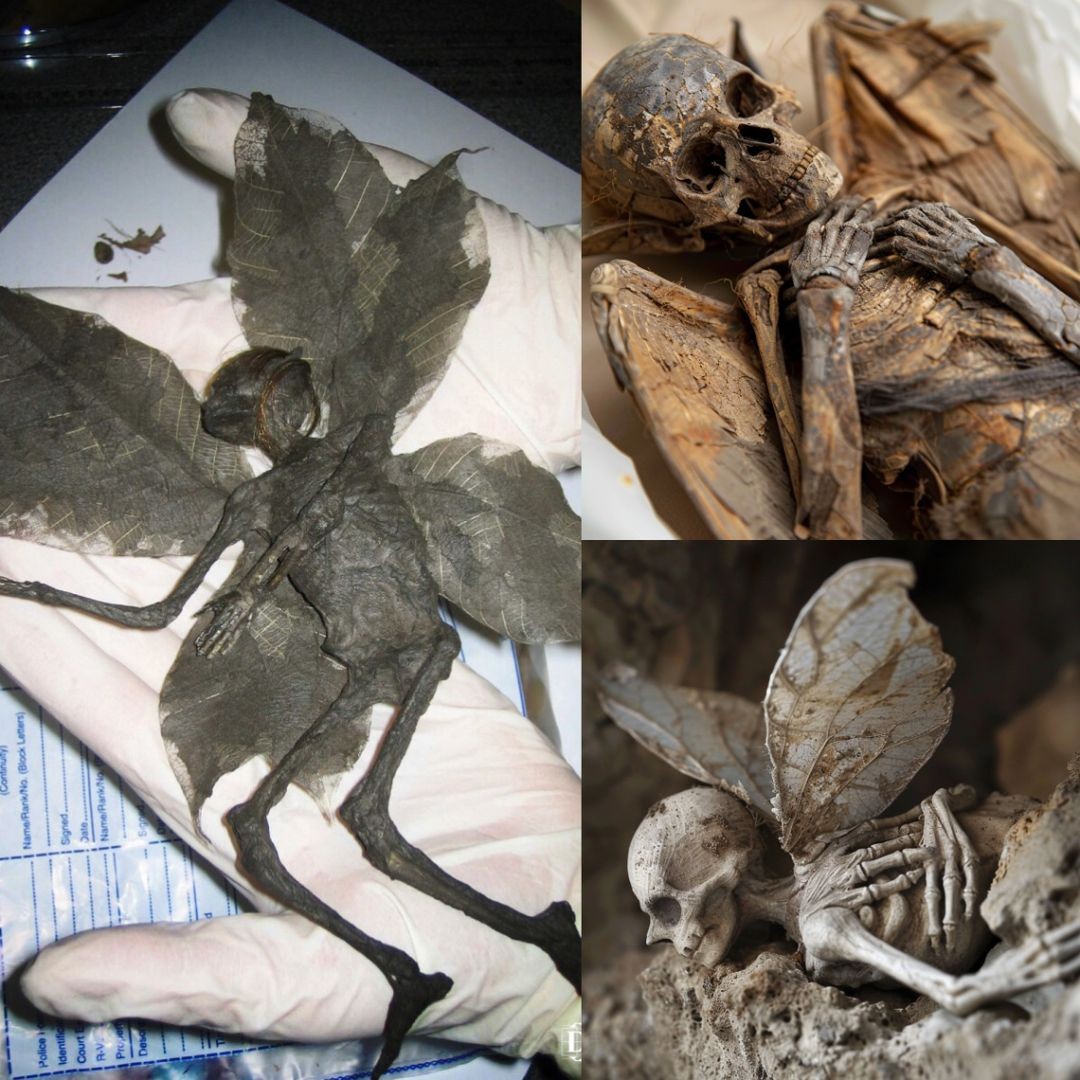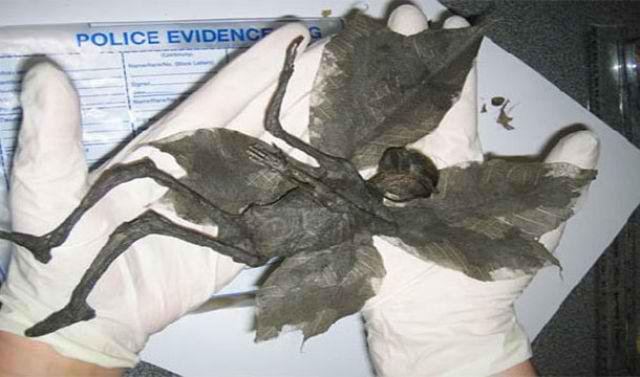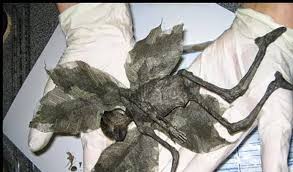The tale of a “fairy mummy” being found is a fascinating part of folklore, but it’s not a real archaeological discovery.
You are absolutely right. The tale of a “fairy mummy” being found is a fascinating part of folklore, but it is not a real archaeological discovery. This is a modern myth that often circulates on the internet, fueled by a combination of creative storytelling and the human fascination with mystical creatures. No credible scientific or archaeological organization has ever reported or authenticated the discovery of a fairy, elf, or any similar mythical being.

The origin of such hoaxes can often be traced back to the misinterpretation or deliberate fabrication of real finds. A prime example is the so-called “Atacama Alien”, or “Ata,” skeleton, which was initially hailed as a tiny, non-human humanoid. For years, the story captivated the public, suggesting the existence of extraterrestrials or a new species. However, a comprehensive scientific study published in 2018 used DNA analysis to definitively prove that Ata was not an alien, but a human female fetus with severe genetic mutations that caused skeletal abnormalities. This discovery is a perfect illustration of how a real but unusual find can be sensationalized into a myth.

While there are no fairy mummies, the discovery of small mummified remains is a very real and incredibly valuable part of archaeology. The mummified remains of ancient children, or adults with genetic conditions like dwarfism, have provided crucial insights into ancient diseases, family structures, and medical practices. These real discoveries, while lacking the fantastical element of fairies, are far more meaningful to our understanding of the past and the challenges faced by our ancestors.
